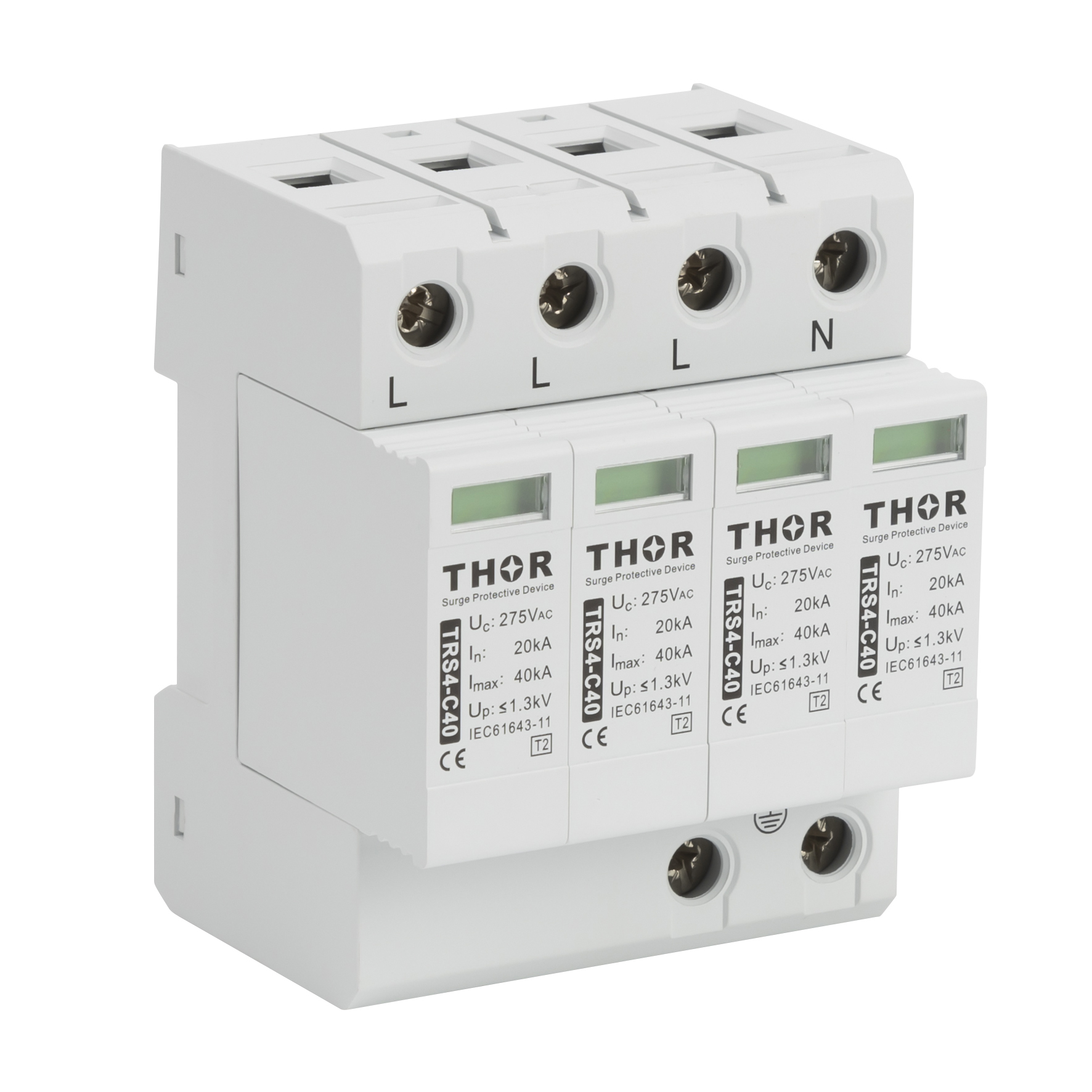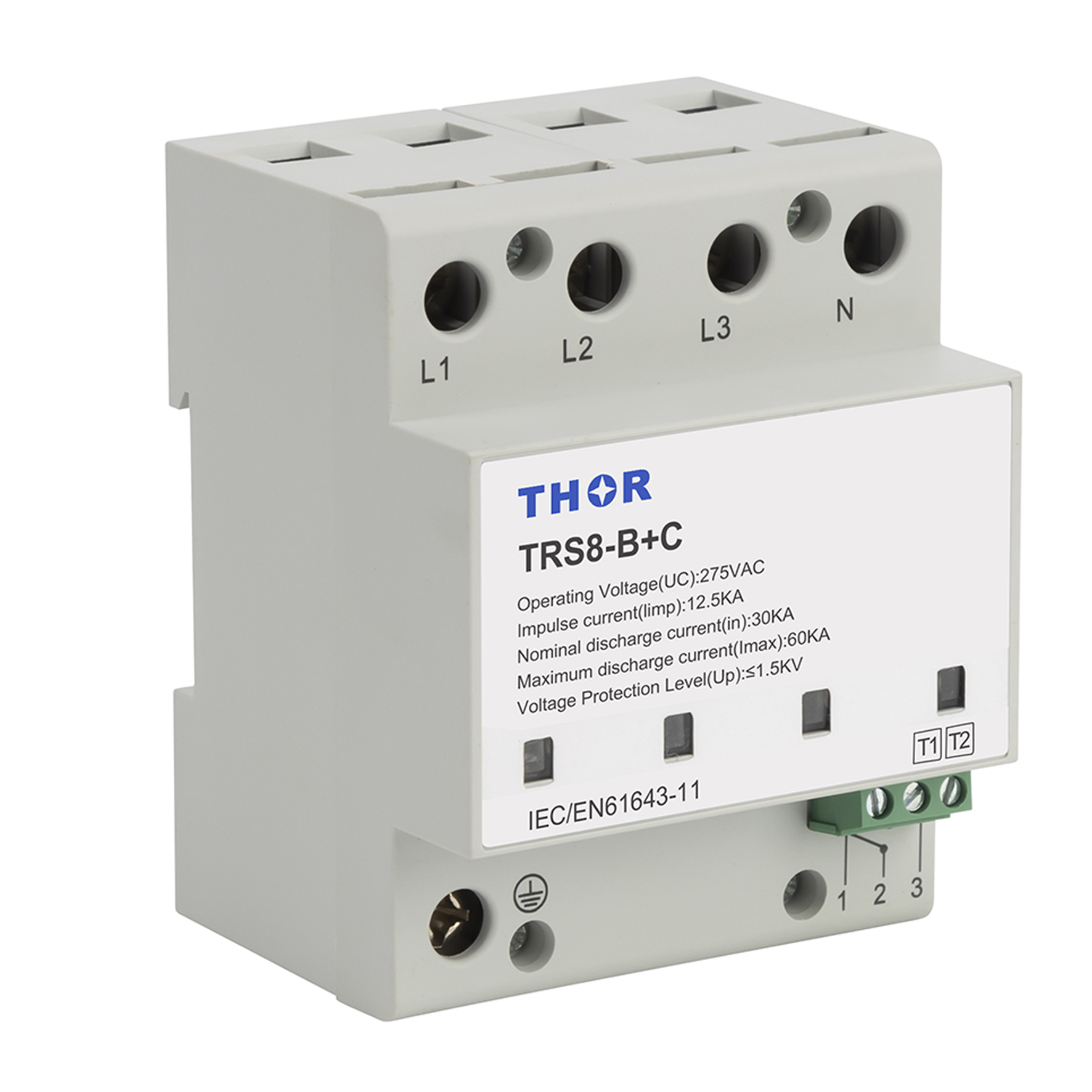A power strip extends outlet capacity without protection, while a surge protector also guards against voltage spikes up to several thousand joules.
What is a Power Strip
Design and Components
A typical power strip is a block of electrical sockets which attaches to an existing power outlet, usually with a short length of wire and with a built-in, circuit breaker-enabling on-off switch. Rounded Or Linear Arrangement Of The Sockets - Any Setup Solution For Your Space Most power strips include a long wire and plug that attaches to the wall.
Usage and Limitations
Power strips - Power strips are a common device when you need to power multiple devices at once, often in areas where outlets simply aren't available. They are some of the most downloaded icons for any home office, to an entertainment center and anywhere in between where you have multiple gadgets from every corner. But it is important to know that these power strips do not offer surge protection. They are effectively just extension sockets with no EMI filtering or surge suppression.
Capacity and Safety
The most important feature to consider with power strips is the electrical load capacity; usually rated in amps. There is also a risk that an overloaded power strip can overheat (and even spark if mishandled) causing a fire. A typical household power strip is rated for somewhere between 15 and 20 amperes of load, which is enough to run a few small appliances but not anything heavy-duty like a space heater or anything with a whumpf-whumpf inkjet inside.

What is a Surge Protector
Essential Functionality
These are surge protectors that have been designed to detect any over voltage and then shift the excess electricity back to the grounding wire, so as that it might shield off the connecting devices. The primary component in this process is the Metal Oxide Varistor (MOV) that reacts to surges when surges engulf it, it lowers its resistance and sends the extra voltage towards the ground rather than towards your devices.
Levels of Protection
Surge protectors are typically rated in terms of the amount of protection they offer. A higher joule rating means more surge energy can be absorbed before equipment experiences permanent damage. Most home surge protectors range from 200-4000 joules and are suitable for protecting computers, televisions, and other electronics that use the same type of power as found in a regular home.
Response Time
Response time also is a significant determinant of a surge protector's effectiveness The best surge protectors will respond in nanoseconds to any surge, ensuring your devices are protected from power spikes.
Features and Considerations
Like with any surge protector, when you are selecting one, it is important to search for details such as a light telling that the device is operational. Others have a port for USB charging of cell phones and for telephone or real-line web network connections.
Power Strips vs Surge Protectors.
Functionality and Protection
At first glance power strips and surge protectors are very similar to one another since they both offer multiple outlets. But here is where the similarities of their core functionalities end. Power strips essentially expand the limitations of a socket, so that it can supply power to multiple devices at once. Suitable for basic power distribution but offers no protection from electrical surges.
Surge protectors are designed to also guard electronic devices against voltage spikes. These outages contain MOVs that absorb and redirect surplus voltage to shield associated devices. This is also an important feature to protect high-end and more delicate electronics, such as computers, entertainment systems and other home appliances.
Technical Specifications
In terms of the numbers, surge protectors are rated based on how much energy they can absorb in joules. The higher the joule rating: The better the protection. So, a surge protector that is rated for 1000 joules will give you a better protection than the one with 500 joules. Power strips, by comparison, do not have a joule rating because they are not meant to protect against power surges.
Cost Implications
In general, you can pay for surge protectors a bit pricier than power strips because of its some advanced protective characteristics. The increase in price shows the extra protection against electric destruction. While investing in surge protectors may be an added cost upfront, they are likely less expensive than the cost of replacing electronics.
Usage Scenarios
It usually comes down to how the device will be used; a power strip is fine in most other cases. For fine electronic devices or areas with more recurring electrical surges, you should be using surge protectors instead. Power strips, meanwhile, suffice for environments with no need for surge protection - say powering a simple lamp or a small kitchen appliance.
Longevity and Maintenance
If a major surge event occurs, surge protectors can be compromised and they may become less effective over time. These are worth replacing on a semi-regular basis to make sure you are staying protected. Since they don't have the additional surge protection hardware, power strips usually last until physically damaged.

Why Use a Surge Protector Instead of a Power Strip
Additional Electrical Protection
The most important benefit of surge protectors is simple: they prevent voltage surges from damaging your electronics by diverting the excess energy (ie, that intended for the connected equipment) to a separate grounding wire.Voltage spikes are cause either as a product of sudden power supply changes or can be generated as result of natural causes like lightning strikes within the vicinity (which may effect electrical infrastructure of a provider), storms or etc. For example, a typical surge protector can absorb surge energy up to several thousand joules before the protection is exhausted and connected equipment is allowed this excess voltage. Power strips are without-the-surge-protection bag-of-power -- they just spread the juice.
Cost-Effectiveness
Surge protectors may have a higher initial cost than power strips, but they can save you the more expensive headache of having to replace fried electronics after a surge. If, for example, you are paying several grand for each of your high-end gaming computers as well as a few TVs and you want to be certain that they will not get fried during an electrical storm a couple hundred for a bespoke surge protector could potentially save the multiple hundreds that the replacement cost might reach — it is more prudent investment than being chintzy because [$1,000 and up]>$200.
The Most Versatile And Additional Features
Frequently, surge protectors have bonus features that can include USB ports for plugging in portable devices to charge from the protector directly as well as inputs for cable and phone lines intended to soften surges through them, along with filters designed to reduce electromagnetic interference (EMI) passing through your power.
Insurance and Peace of Mind
Certain surge protectors come with a connected equipment warranty of up to specified replacement cost, if a device is damaged while properly connected. Typically, this guarantee is between $10K and $100K of further safety to your funding.
Power Strip and Surge Protector Safety Tips
Installation And Proper Placing
You should also only store power strips and surge protectors in cool, dry environments to help prevent them from overheating or getting moisture inside of them that could cause electrical failures or fires. Do not route power cords under carpets or place other items of high traffic over the power cords where they can become worn or damaged. Do not place items or furniture over the device which may obstruct airflow.
Know Your Limitations And Avoid Overload
Every power strip and surge protector has a certain amperage rating, typically around 15 to 20 amps. Goes beyond this capacity can lead to a fire accident due heating up of the device. The most important thing is to figure out the total load of all devices you have connected to the strip because it must not exceed this rating value. A printer can sink up to 5 amps, where a standard computer may require 3-5 amps.
Invest in Surge Protectors to Protect Electronic Devices
If you have appliances and devices that are sensitive to voltage fluctuations (like your computer, TV, gaming console), plug them into a surge protector instead of a regular power bar. This one simple step can be a lifesaver, preventing unforeseen power surges >>from<< frying your devices.
Proper Check and Replace
Check power strips and surge protectors for cuts, or worn insulation of plug wires and cracked more outlet holes. Replace the unit straightaway if any impairment is noticed, to avert electrical hazards. Second, if a surge protector has protected you at all from an event and done its job properly, then it needs to be replaced because the components inside it are no longer what they use to be and cannot effectively protect you again.
Do Not Daisy Chain
The safest thing to do is avoid connecting power strips or surge protectors to one another (known as "daisy chaining") and this practice may violate the manufacturer's warranty, your home insurance policy or even your local electrical regulations. Comes with device wall plug and so should each of the devices be plugged into it separately Professional installation of extra wall outlets per requirement
